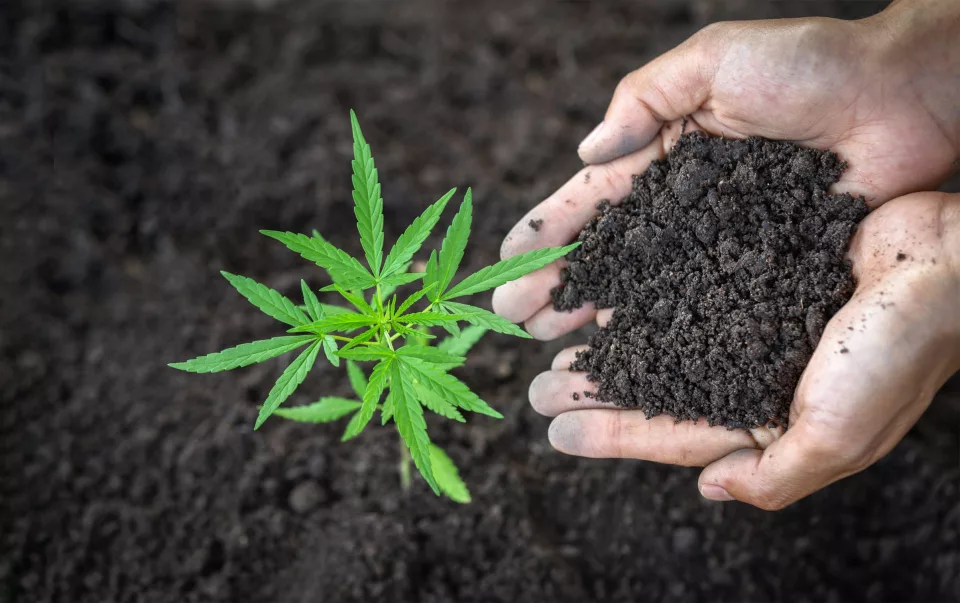Table of Contents
How to Choose the Right Strain for Your Homegrown Marijuana
Growing marijuana at home can be a rewarding experience, but the key to success lies in choosing the right strain. In this blog post, we’ll guide you through the process of selecting the perfect strain for your needs and growing conditions. Let’s dive right in!
Understanding the Basics of Marijuana Strains
Before we begin, it’s essential to understand the three primary types of marijuana strains: Sativa, Indica, and Hybrid.
- Sativa strains are known for their uplifting, energetic effects and tend to grow tall with narrow leaves. They’re ideal for daytime use and creative pursuits. Sativas often require more sunlight and have a longer flowering period. The invigorating effects of Sativa strains can enhance social situations and even promote deep conversations.
- Indica strains are associated with relaxation and physical relief. They have broader leaves and tend to grow shorter and bushier. Indicas are well-suited for evening use and have a shorter flowering time. The soothing effects of Indica strains make them perfect for winding down after a long day or for use as a sleep aid.
- Hybrid strains are a mix of Sativa and Indica genetics, offering a balance of effects. These strains can have varying growth patterns and flowering times, depending on their specific genetic makeup. Hybrid strains offer the best of both worlds, making them a popular choice among many users. They can provide a balanced effect, making them suitable for anytime use.
Understanding these basic categories will help you anticipate the growth characteristics and potential effects of the strain you choose, setting you on the path for a successful home cultivation experience.
Identifying Your Personal Needs
Your choice of strain should largely depend on your personal needs and preferences. Consider the following factors:
- Medicinal purposes: Some strains are more effective at addressing specific health conditions. For example, high-CBD strains are popular for pain relief and seizure reduction, while strains high in THC can help with appetite stimulation and nausea control.
- Recreational purposes: Different strains produce different effects, such as relaxation, creativity, or increased energy. Reflect on the experience you’re seeking to tailor your selection accordingly.
Factoring in Your Growing Conditions
It’s crucial to select a strain compatible with your growing conditions. Consider the following aspects:
- Indoor vs outdoor growing: Some strains are better suited for indoor cultivation, while others thrive outdoors. Review strain descriptions to determine their preferred environment.
- Climate and weather: Certain strains are more resilient to harsh weather conditions or specific climates. For example, auto-flowering strains can be a good choice for colder regions, as they have a shorter life cycle.
- Space limitations: If you have limited space, opt for strains with a compact growth habit, such as Indicas or certain hybrids.
Importance of THC and CBD Content
THC and CBD are the two primary cannabinoids found in marijuana, and they play a significant role in determining the effects of a strain.
- THC (tetrahydrocannabinol) is the psychoactive compound responsible for marijuana’s “high.” It can provide pain relief, euphoria, and relaxation.
- CBD (cannabidiol) is non-psychoactive and offers numerous health benefits, such as reducing inflammation, anxiety, and seizures.
When choosing a strain, consider the THC and CBD content to ensure it aligns with your needs and preferences.
Choosing Quality Cannabis Seeds
Selecting high-quality seeds is essential for successful grow. Here are some tips to help you identify quality seeds:
- Appearance: Healthy seeds are dark brown with a glossy finish and have a firm, uncracked shell.
- Feel: Quality seeds should feel hard and dry to the touch.
- Sourcing: Purchase seeds from reputable seed banks or breeders to ensure genetic stability and quality.
Experimentation and Learning
Growing marijuana at home is as much an art as it is a science. Don’t be afraid to experiment with different strains and growing techniques. Every growing cycle offers an opportunity to learn and refine your skills. Remember, even the most experienced growers started as beginners and faced their fair share of challenges.
Conclusion
Choosing the right strain for your homegrown marijuana involves understanding the different strain types, considering your personal needs, assessing your growing conditions, and recognizing the importance of THC and CBD content. By following these guidelines and choosing quality seeds, you’re well on your way to a successful harvest. Happy growing!
